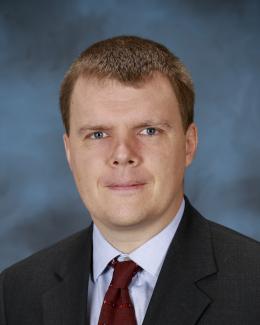January 5, 2016 – Through manipulation of two laser beams and plasmonic sensors, Oak Ridge National Laboratory researchers are pushing the boundaries for detecting trace biochemical compounds. These sensors, which exploit local electromagnetic fields and the ultra-sensitive plasmon resonance, are widely used for commercial sensing and in research labs. Detecting individual molecules, however, typically requires long integration times, but by reducing the noise floor with quantum states of light, Ben Lawrie and Raphael Pooser have enabled faster detection of trace biochemical signals. Their work appears in ACS Photonics (http://pubs.acs.org/doi/pdf/10.1021/acsphotonics.5b00501). This finding builds on research just published in Physical Review A in which they used quantum noise as the signal in an otherwise identical plasmonic sensor. “We showed that instead of reducing the noise floor we can use quantum noise as the signal for plasmonic sensors, amplifying the sensor response for a given change in chemical concentration,” Lawrie said.
The entanglement between the two beams of light enables researchers to resolve trace signals from the plasmonic sensor that would otherwise be undetectable.
Topic:




